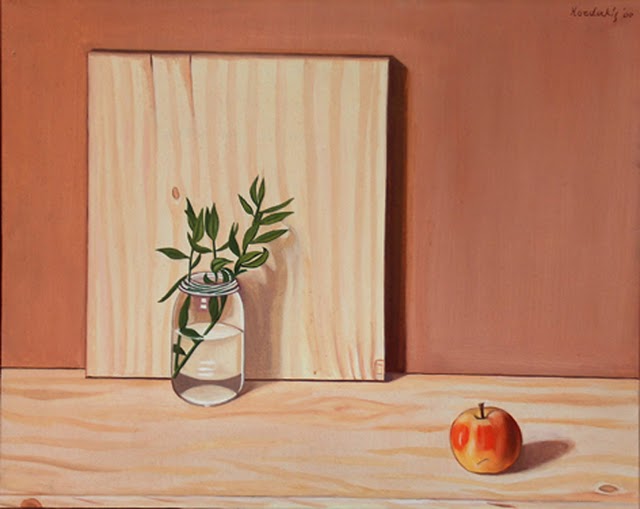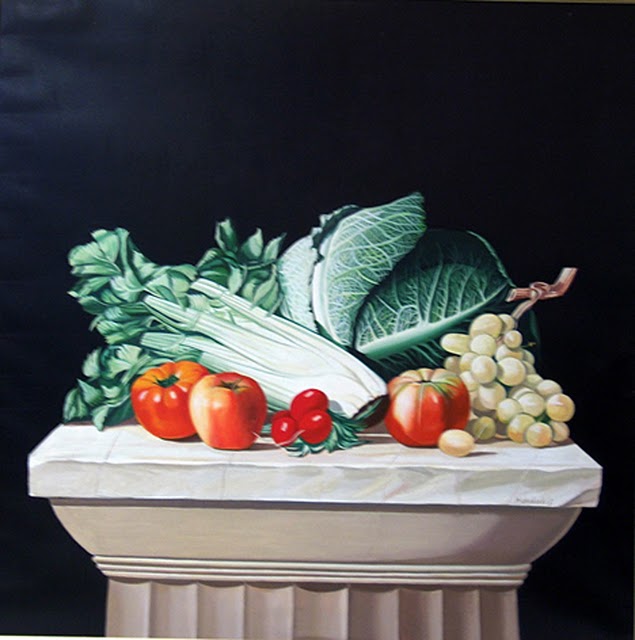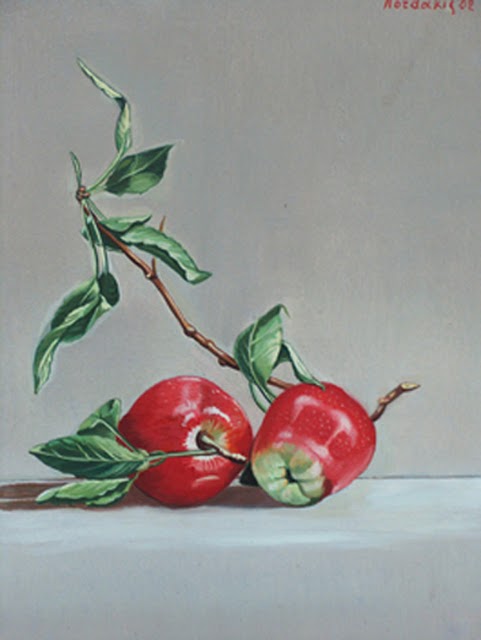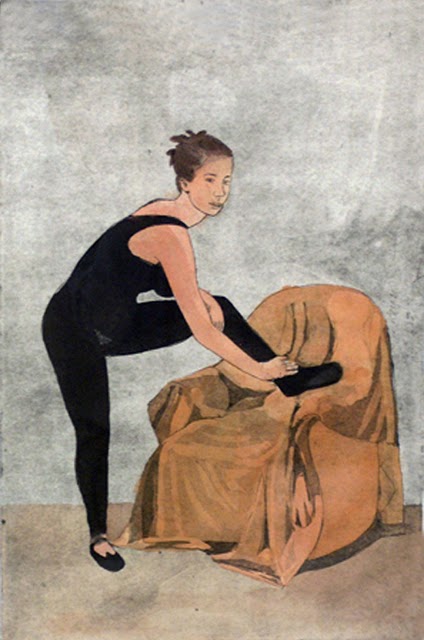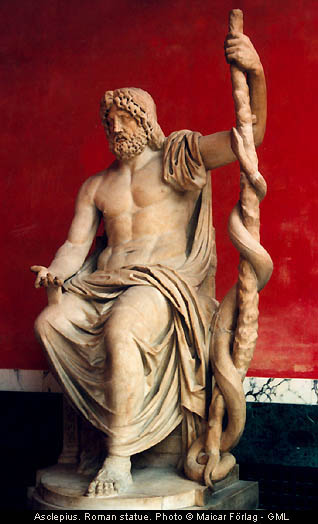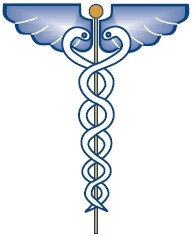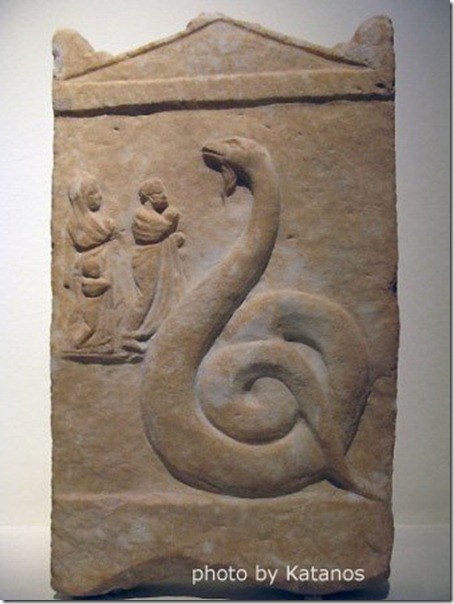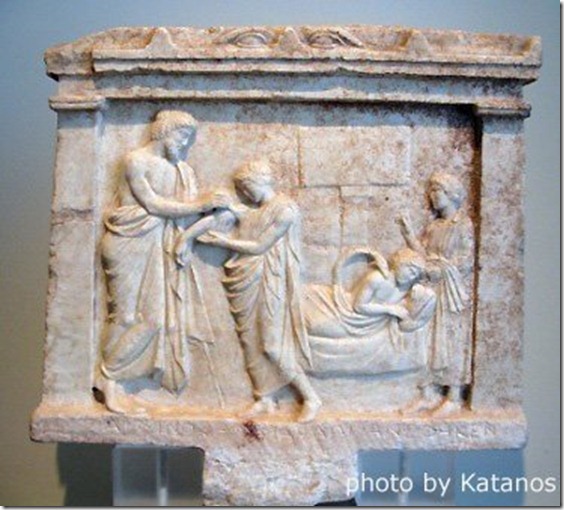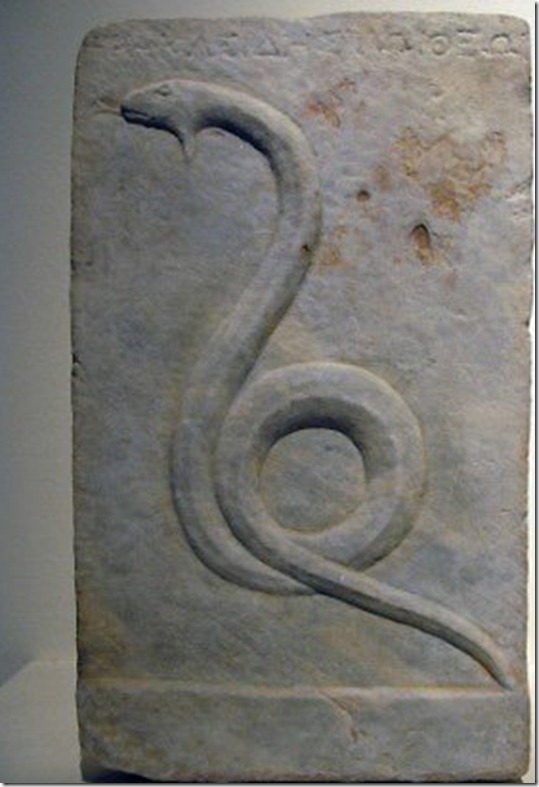by Michael Balaroutsos architect
Dimitri Hordakis born in Larissa.
He graduated from Classical High School and attended Volos "Decoration" and "Graphic Arts" in AT (Doxiadis) with Professor Dimitris Mytaras and then studied painting at the Accademia di Belle Arti (1977-1980) of Florence, with teacher Silvio Loffredo.
He studied at the School of Conservation (Opificio delle pietre DURE) with Professor Umperto Baldini (1980 - 1984) and then etching and lithography at the School "Il Bisonte" with
professor M. Luigia Guaita.
In 1991 he moved to Paris where he has lived and worked for eight years.
His works are in private and public collections in Greece, Italy, France, Switzerland, Spain
and USA.
Lives and works in Athens and Florence.
The work being influenced by metaphysical painting (Giorgio De Chirico) and following the teachings of the metaphysical painting shows a world that is alien to our experiences and our traditional notions of human relationships and things, but not fantastic (metaphysical realism). suggests the existence of another reality, a reality that is in direct relation to the unconscious
and the world of symbols.
In simple, strictly organized compositions is usually one or two human figures, in a scenic space delimited accurately extending prospective openings, architectural or landscape, which act as a picture within the picture. A technique by association leads us back to Delvo and Magritte. The supernatural atmosphere enhanced by the skillful use of empty space, a filtered light and soft shading highlighting the main motif of the image.The same sense of eerie and enigmatic aura of a world supposedly achieves our familiar still lifes and, where everyday objects appear to start from nothing, an animated presence. Typical is the work on the portrait. In these often dominated by figures who refuse to surrender to the viewer and create
a constant in his work.
Hordakis impress the viewer with the tones used.
Therefore, all the critics talking about the Mediterranean color of his works.
He has received the following awards and prizes:
IVo International Painting Prize "Lampedusa e Linosa, isole dal volto umano" Lampedusa.
- "International Contemporary Art Prize", Campobello di Mazara
- 2nd Prize for "National Contemporary Art Award", "Campobello Di Mazara", Sicily
- At the invitation of the city council Massa Marittima attends the 58th prize
"Balestro del Girifalco" while individual states in the gallery "Ralazzo Pretorio"
- International Painting Prize "Forum Artis Museum", Un operaun museo,
Montese (Modena)
- "XIo edizione Premio Italia", per le arti visive, Certaldo, Florence.
- "Lo Scudo d'oro" (First Prize) in the gallery "La Meridiana", Piacenza
- 2nd Prize in "Onda Verde", Ralazzo del Congressi, Florence.
He has been in many group and solo exhibitions in Greece and abroad.
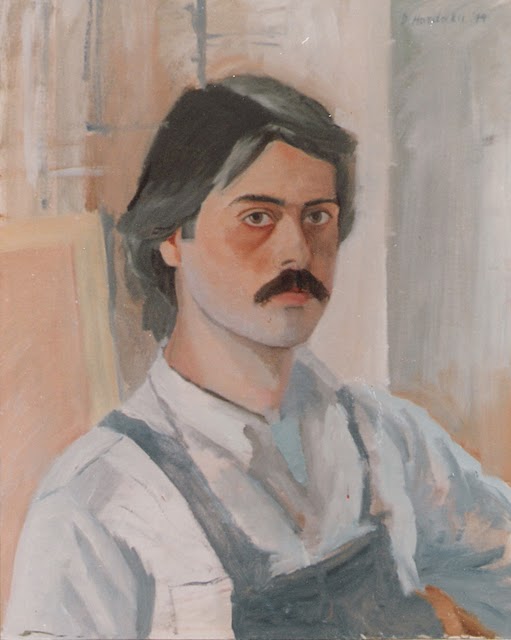 |
| Portrait |
Dimitri Hordakis born in Larissa.
He graduated from Classical High School and attended Volos "Decoration" and "Graphic Arts" in AT (Doxiadis) with Professor Dimitris Mytaras and then studied painting at the Accademia di Belle Arti (1977-1980) of Florence, with teacher Silvio Loffredo.
He studied at the School of Conservation (Opificio delle pietre DURE) with Professor Umperto Baldini (1980 - 1984) and then etching and lithography at the School "Il Bisonte" with
professor M. Luigia Guaita.
In 1991 he moved to Paris where he has lived and worked for eight years.
His works are in private and public collections in Greece, Italy, France, Switzerland, Spain
and USA.
Lives and works in Athens and Florence.
The work being influenced by metaphysical painting (Giorgio De Chirico) and following the teachings of the metaphysical painting shows a world that is alien to our experiences and our traditional notions of human relationships and things, but not fantastic (metaphysical realism). suggests the existence of another reality, a reality that is in direct relation to the unconscious
and the world of symbols.
In simple, strictly organized compositions is usually one or two human figures, in a scenic space delimited accurately extending prospective openings, architectural or landscape, which act as a picture within the picture. A technique by association leads us back to Delvo and Magritte. The supernatural atmosphere enhanced by the skillful use of empty space, a filtered light and soft shading highlighting the main motif of the image.The same sense of eerie and enigmatic aura of a world supposedly achieves our familiar still lifes and, where everyday objects appear to start from nothing, an animated presence. Typical is the work on the portrait. In these often dominated by figures who refuse to surrender to the viewer and create
a constant in his work.
Hordakis impress the viewer with the tones used.
Therefore, all the critics talking about the Mediterranean color of his works.
He has received the following awards and prizes:
IVo International Painting Prize "Lampedusa e Linosa, isole dal volto umano" Lampedusa.
- "International Contemporary Art Prize", Campobello di Mazara
- 2nd Prize for "National Contemporary Art Award", "Campobello Di Mazara", Sicily
- At the invitation of the city council Massa Marittima attends the 58th prize
"Balestro del Girifalco" while individual states in the gallery "Ralazzo Pretorio"
- International Painting Prize "Forum Artis Museum", Un operaun museo,
Montese (Modena)
- "XIo edizione Premio Italia", per le arti visive, Certaldo, Florence.
- "Lo Scudo d'oro" (First Prize) in the gallery "La Meridiana", Piacenza
- 2nd Prize in "Onda Verde", Ralazzo del Congressi, Florence.
He has been in many group and solo exhibitions in Greece and abroad.
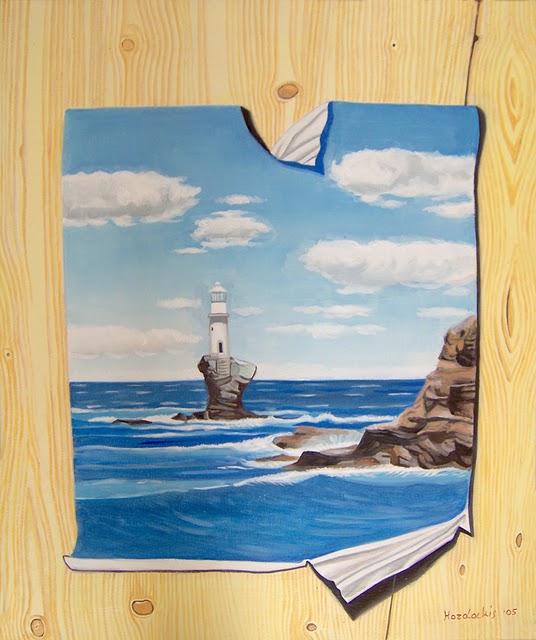 |
| Lighthouse |
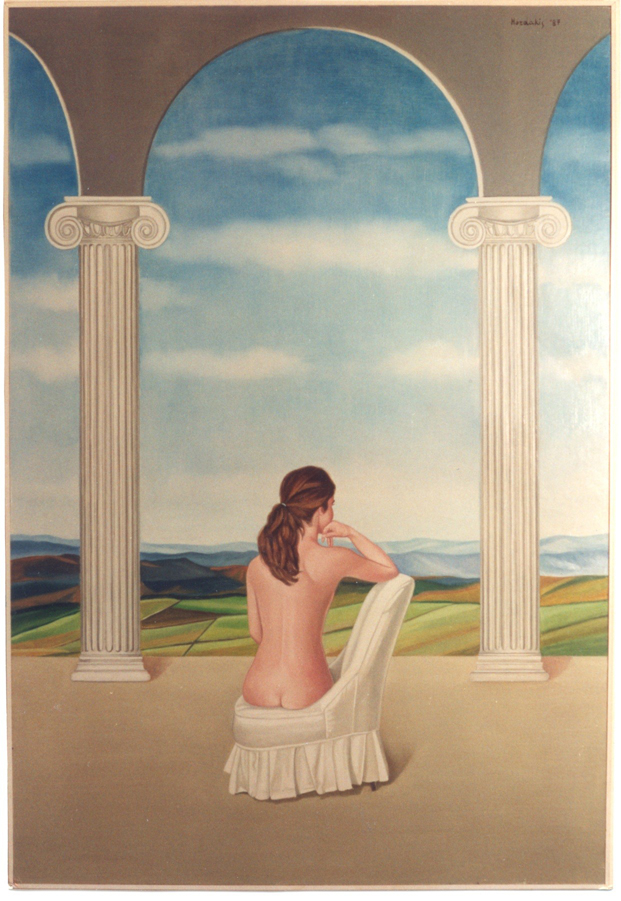 |
| Figure in Palace |
 |
| Francesca on Pelio couch |
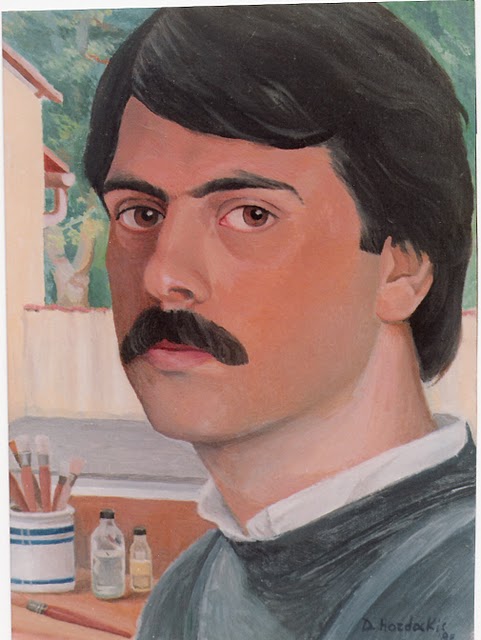 |
| Hordakis |
| disegno con matite colorate, 50x60, 1986 |
 |
| composizione metafisica,litografia, 1-10,40x33, 1983 |
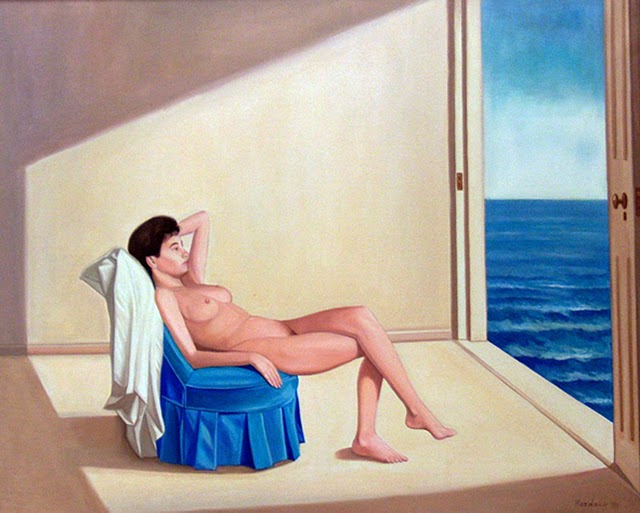 |
| Into the blue |
| HPIM8471 |
| n.m. con testa, 40x50, 2000 |
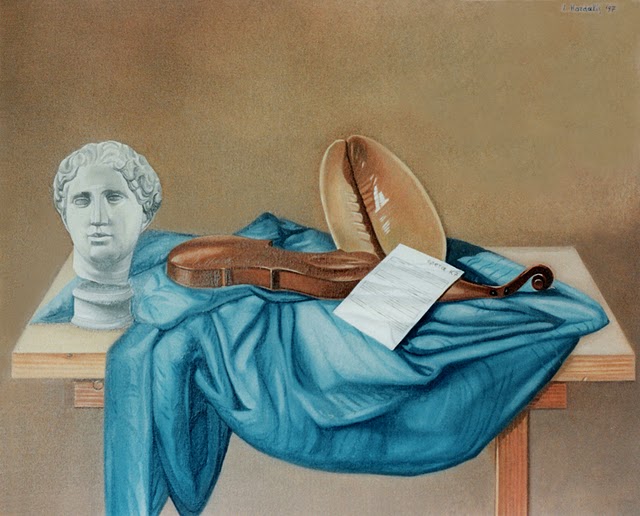 |
| n.m con violino 60x73, 2000 |
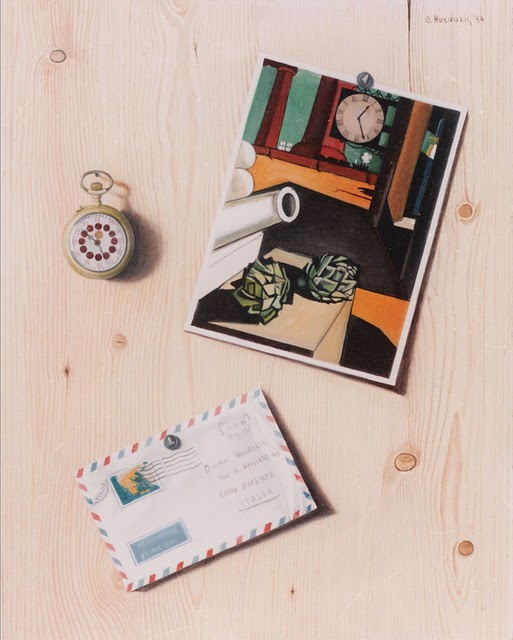 |
| omaggio a de chirico 50x40 1984 |
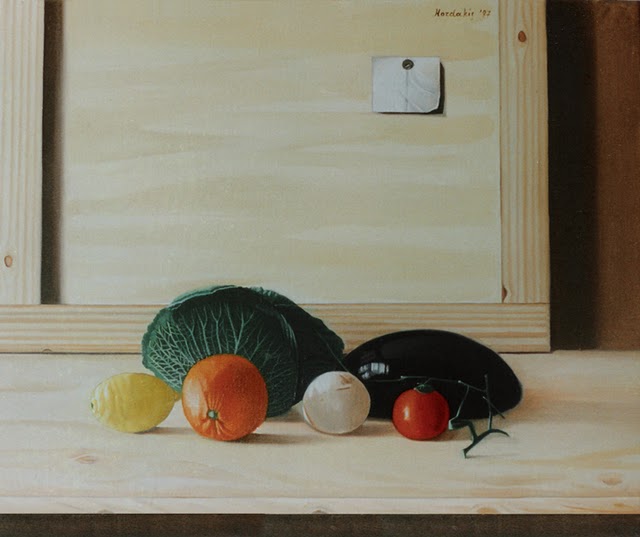 |
| natura morta 46x55 1997 |
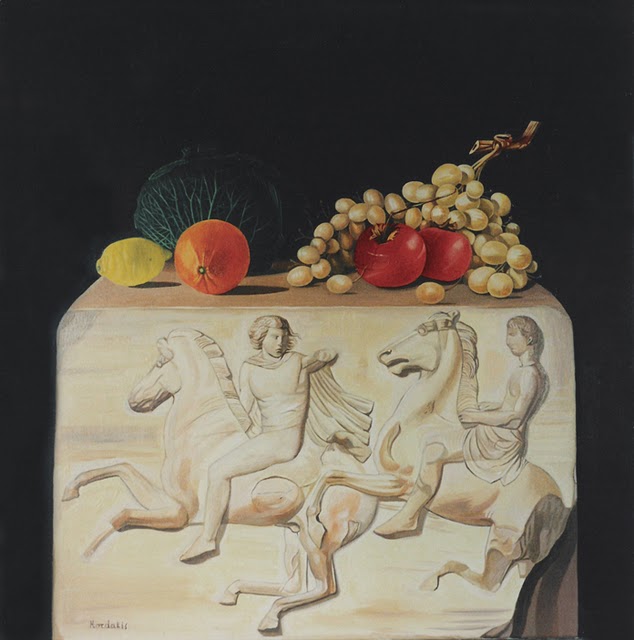 |
| natura morta con basso rilievo greco 80x80 1998 |
 |
| ragazza con la lettera, 18x23, litografia, 1988 |
| paesaggio metafisico 60x40 2000 |
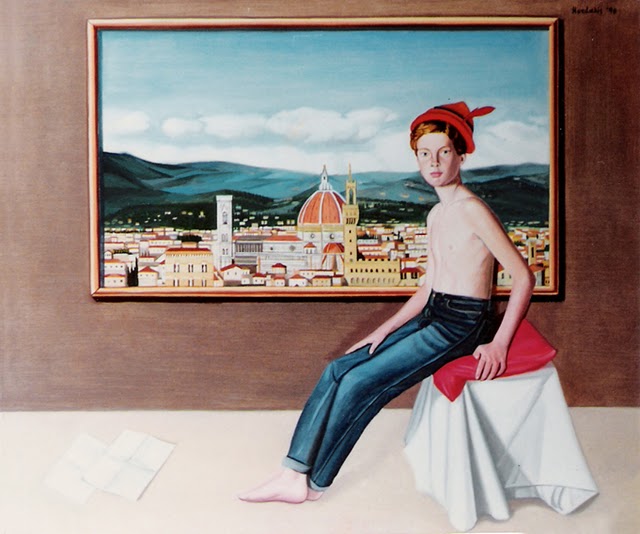 |
| Pinochio |
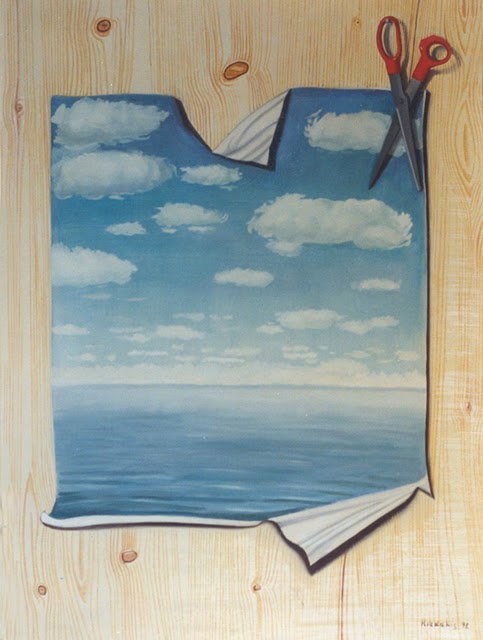 |
| tromple-oeil |
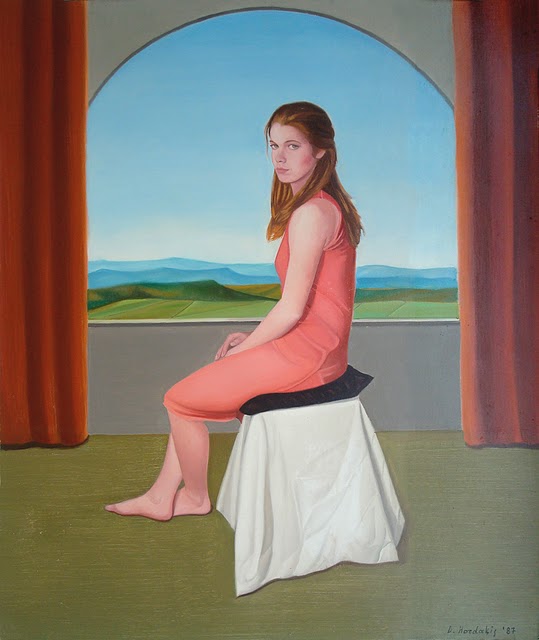 |
| Serena, 60x50, 1987 |
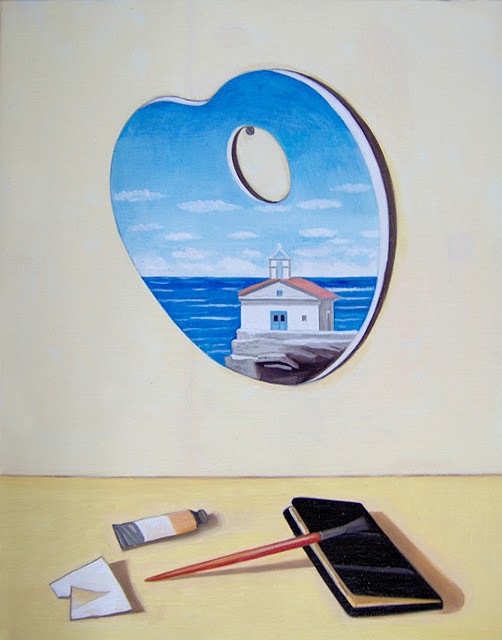 |
| tromple oeil, 40x30, 2005 |
| vaso con mano di gesso,40x50, 2008 |

